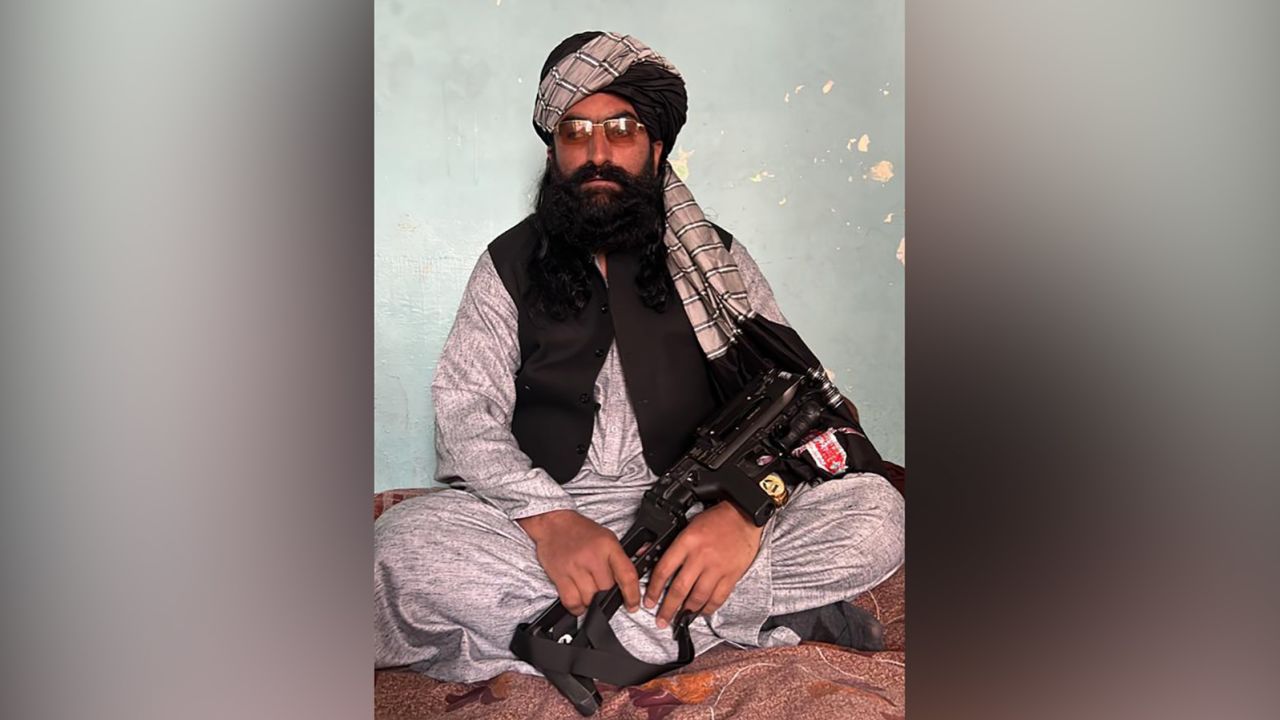NEW DELHI: The cooperation between Islamabad and Washington in the field of tackling terrorism is now reaching a level, which was visible post the 9/11 attack. The breaking down of the talks between the Pakistan Army and the Tehreek-E-Taliban Pakistan (TTP) has come as an opportune time for Pakistan, as Islamabad has been able to persuade successfully policymakers in Washington that it needs funds and weapons to tackle the TTP, a group that has repeatedly stated that its operations are limited to Pakistan and that it does not have any other geo-political-ideological ambitions unlike the Al-Qaeda or the Islamic State (ISIS).
This has raised questions in Islamabad and Kabul on how serious was GHQ, Rawalpindi, about reaching a long-lasting ceasefire with TTP and whether all these talks were a part of a well thought out ruse. While no official numbers are available, the intelligence community estimates that the Noor Wali Mehsud-led group commands a strength of 5,000-7,000 men who are waging a war against the 11 lakh-plus strong Pakistan Army that boasts of having some of the best offensive and defensive capabilities.
According to an Islamabad-based research
In 2018, Pakistan received $424 million assistance from the US, of which 100% was for non-military use, in 2019 the figure rose to $685 million, of which 54% was military assistance. In 2020, this figure went down to $197 million, out of which 19% was military assistance. In 2021, the figure went down to $161 million, out of which there was no military assistance. In 2022, Washington provided Islamabad with assistance worth $147 million, all for non-military use.
However, as per reports from Washington, 2023 will see an increase in both foreign and military assistance to Islamabad. The country received a massive $2.68 billion in 2010, when the US had begun its “war on terror’ against Al Qaeda and Taliban, out of which 35% was for military use. On 22 December 2022, the US Senate, while allocating the budgets for 2023, stated that funds available to Pakistan under the heading “Foreign Military Financing Program”, may be made available only to “support counterterrorism and counterinsurgency capabilities in Pakistan”. This has paved the way for large-scale military transfer by Washington to Islamabad in the coming months.
Earlier in September, the Joe Biden administration reversing the decision taken by his predecessor Donald Trump in January 2018 to freeze all security-related assistance to Pakistan, allowed the transfer of $450 million worth “sustainment” and “related equipment” for the US-built F-16 fighter jets that Pakistan has been maintaining since the 1980s.
This step was described by many as Biden’s effort to recognize Pakistan Army’s effort in helping the Biden administration in generating crucial domestic goodwill by way of helping them eliminate Al-Qaeda chief Ayaman Al Zawahiri.
As The Sunday Guardian had stated, the announcement of the F-16 was going to be the first step towards Biden opening more avenues of “military-security cooperation” with Pakistan in the coming months. According to TTP watchers, Pakistan was using, in what has been described as a smart-strategic move, of using the TTP and its ideological guardian, the Taliban to come close to Washington by selling the “danger” posed to Washington by these two organizations.
Pakistan is perhaps the only state which has perfected the difficult art of using both China and the U.S concurrently or in many cases as a replacement for its own advantage. It got massive investment from Beijing all these years. With Beijing now pulling back, Islamabad has been able to convince the people at the Hill that it needs to resume fund and military flow so that it can “control the dangerous TTP” and its parent, Taliban.
“The surprising part is that Pakistan has executed this entire play post the 9/11 attacks; of nurturing Al-Qaeda and Taliban on one hand and getting monetary help from the US to eliminate the same Al-Qaeda and Taliban. Yet, Washington has fallen for this web of lies again,” a diplomat with a Pacific country posted in Delhi told The Sunday Guardian. According to him, the bilateral ties between the two countries, which were diving south rapidly till last year, were on an ascendant now. “They are actively coordinating on counter terror action inside Pakistan and Afghanistan. The US State Department is leading this newfound bonhomie. Removal of Pakistan from the FATF list, the December visit of US Central Command (CENTCOM) Chief Michael Eric Kurilla to Pakistan and the recent designation of individuals as global terrorists, all confirm the enhanced level of coordination between the two countries,” he added.
In July, the United Nations Security Council reported how the TTP has benefited the most from the Taliban’s return to power in Afghanistan. “The talks between the Pakistan army and the TTP started in June last year on the request made by the former. By the end of the year it had more or less collapsed. It is interesting that the same TTP with whom the entire Pakistan military leadership was mingling and indulging in breaking bread in Kabul till recently has now been termed as the new AlQaeda-2. Similarly, the same Taliban, which got massive help from GHQ and the Directorate of ISI in order to come to power in Afghanistan, is now being described by Pakistan policymakers as an imminent threat to Washington. One has to give credit to the policymakers in Islamabad for their ability to make the world believe in the story they sell,” an intelligence official based in Delhi said.
Pak Army is using TTP threat to get US aid
इस शब्द का अर्थ जानिये
- Advertisement -

